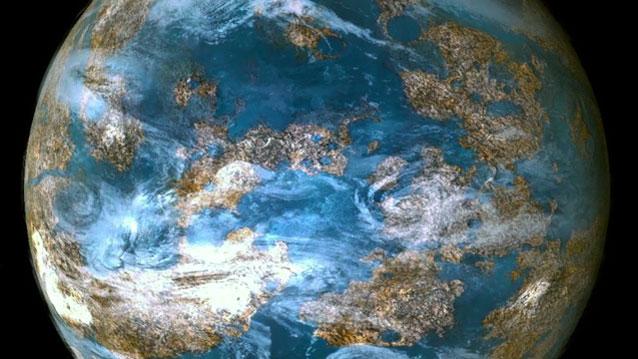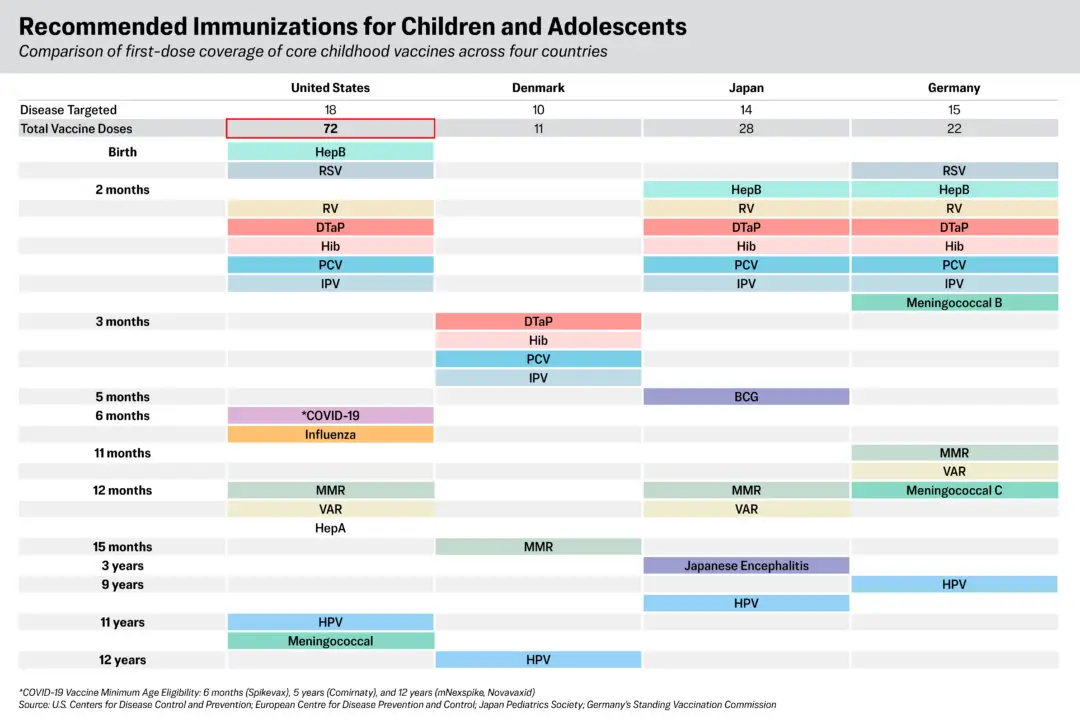Super-Earths, massive planets that have been discovered both in and outside the Milky Way, have been found to have a climate more like Earth’s than previously thought.
What are super earths? They are planets that have up to 10 times the mass of Earth, and be small enough to have terrestrial surfaces or liquid oceans that could support life as we know it, according to NASA.
Nicolas Cowan, a Northwestern University astrophysicist, and Dorian Abbot, a University of Chicago geophysicist, created a new model of the super-earths, and found some of the planets will have both oceans and exposed continents, leading to a stable climate like the one on Earth.
“Are the surfaces of super-Earths totally dry or covered in water?” Cowan said in the announcement. “We tackled this question by applying known geophysics to astronomy.
“Super-Earths are expected to have deep oceans that will overflow their basins and inundate the entire surface, but we show this logic to be flawed,” he said. “Terrestrial planets have significant amounts of water in their interior. Super-Earths are likely to have shallow oceans to go along with their shallow ocean basins.”
The model explored the tectonic properties of the planets, finding that water is constantly traded back and forth between the rocky part of the planets and the ocean part. The division of water between ocean and mantle is controlled by seafloor pressure, which is proportional to gravity.
The bigger the planets are, the more gravity and seafloor pressure there is.
“We can put 80 times more water on a super-Earth and still have its surface look like Earth,” Cowan said. “These massive planets have enormous seafloor pressure, and this force pushes water into the mantle.”
The surface temperatures on the planets are mediated by the deep carbon cycle, which produces a stable climate.
“Such a feedback probably can’t exist in a waterworld, which means they should have a much smaller habitable zone,” Abbot said. “By making super-Earths 80 times more likely to have exposed continents, we’ve dramatically improved their odds of having an Earth-like climate.”
Cowan presented the findings at a press conference during the American Astronomical Society’s annual meeting in Washington, D.C. on January 7.





